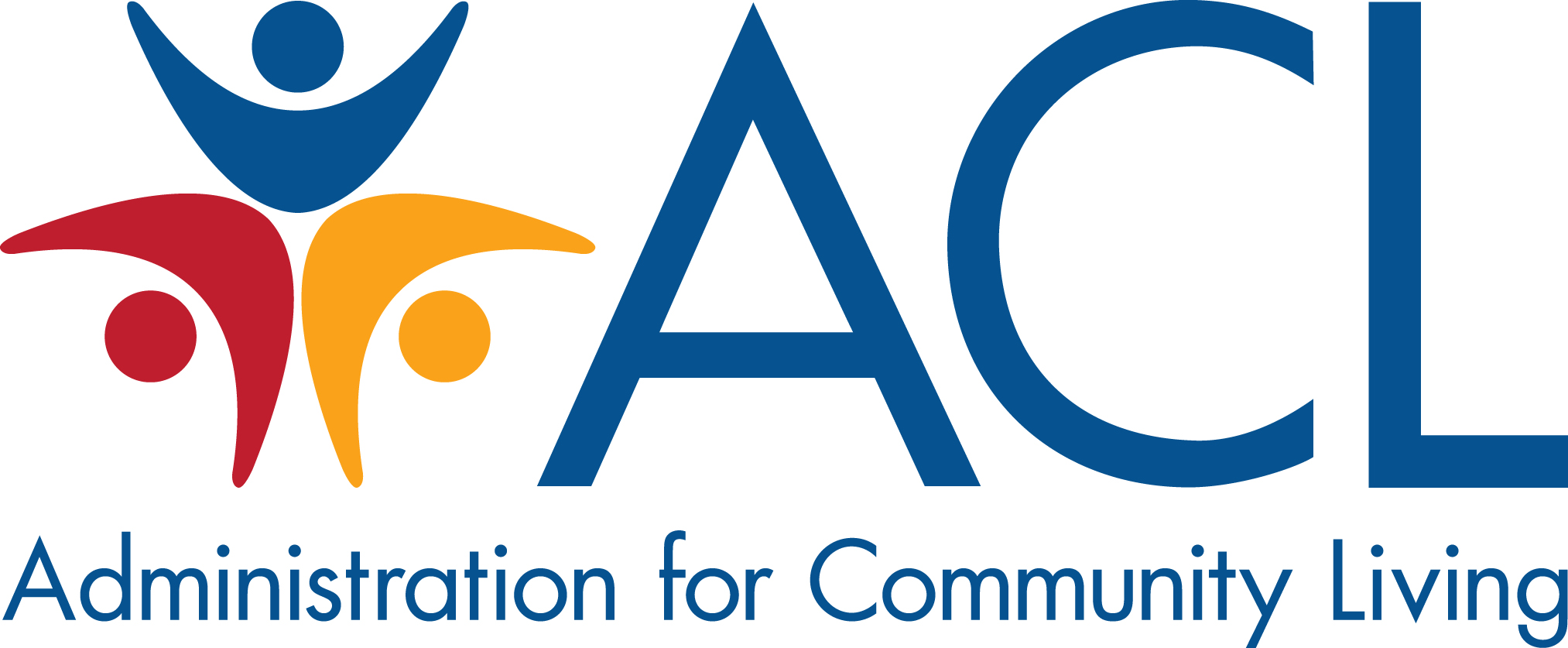The Home and Community Based Services (HCBS) Settings Rule ensures that people who receive services and supports through Medicaid’s HCBS programs have full access to the benefits of community living and are able to receive services in the most integrated setting. It protects individuals’ autonomy to make choices and to control the decisions in their lives, a right most people take for granted. This includes controlling personal resources; being treated with privacy, dignity, respect, and freedom from coercion and restraint; deciding what and when to eat; having visitors; being able to lock doors; and having the protections of a lease or other legally enforceable agreement. The rule requires a person-centered process for planning HCBS, which means that the individuals receiving services direct the planning process and the plan reflects their own preferences and goals they have set for themselves. The rule is critical to CMS’ broader efforts to expand availability and improve the quality of Medicaid-funded HCBS.
Under the rule, a setting that is truly home and community based is one that:
- Is integrated in and supports access to the greater community
- Provides opportunities to seek employment and work in competitive integrated settings, engage in community life, and control personal resources
- Ensures the individual receives services in the community to the same degree of access as individuals not receiving Medicaid home and community-based services
- Is selected by the individual from among setting options, including non-disability specific settings and an option for a private unit in a residential setting
- Person-centered service plans document the options based on the individual’s needs, preferences; and for residential settings, the individual’s resources
- Ensures an individual’s rights of privacy, dignity, respect, and freedom from coercion and restraint
- Optimizes individual initiative, autonomy, and independence in making life choices
- Facilitates individual choice regarding services and supports, and who provides them
Provider owned or controlled settings also have additional requirements they are expected to meet. States are currently at different stages in working on their state transition plans (STPs) and completing heightened scrutiny reviews for settings that are identified as “presumptively institutional.” Presumptively institutional settings are:
- Settings in a publicly or privately-owned facility providing inpatient treatment
- Settings on grounds of, or adjacent to, a public institution
- Settings with the effect of isolating individuals from the broader community of individuals not receiving Medicaid HCBS
The transition period for implementing the HCBS Settings Rule ended on March 17, 2023. States must now be fully compliant with the requirements of the rule that have not been impacted by the COVID-19 pandemic to continue receiving Medicaid funding. For those requirements that have been impacted by the pandemic, states can submit corrective action plans (CAPs) to allow settings more time to meet those requirements.
The Importance of Public Engagement
Public engagement is the best path to realizing the promise of the Settings Rule, and people receiving services, their families, and their advocates should have a voice in this process. ACL’s network can help amplify those voices, can serve as resources, and can share important information as part of a feedback loop between states, providers, and people receiving services. Those information loops, which help paint a picture of what is happening on the ground in each setting and each state, are an essential ingredient to improving services and settings.
Public comment periods are written into the HCBS Settings Rule and responsiveness to public input is a requirement. ACL believes that facilitating individual-level engagement in public comment periods for the Settings Rule, and more broadly for any state or federal program that provides programs or services for people with disabilities and older adults, is the best way to develop and implement good programs and services, and to truly achieve community integration.
Webinars
ACL hosts regular webinars to help stakeholders understand and engage with the Settings Rule and provide updates on implementation. Below, you’ll find recordings of those webinars.

